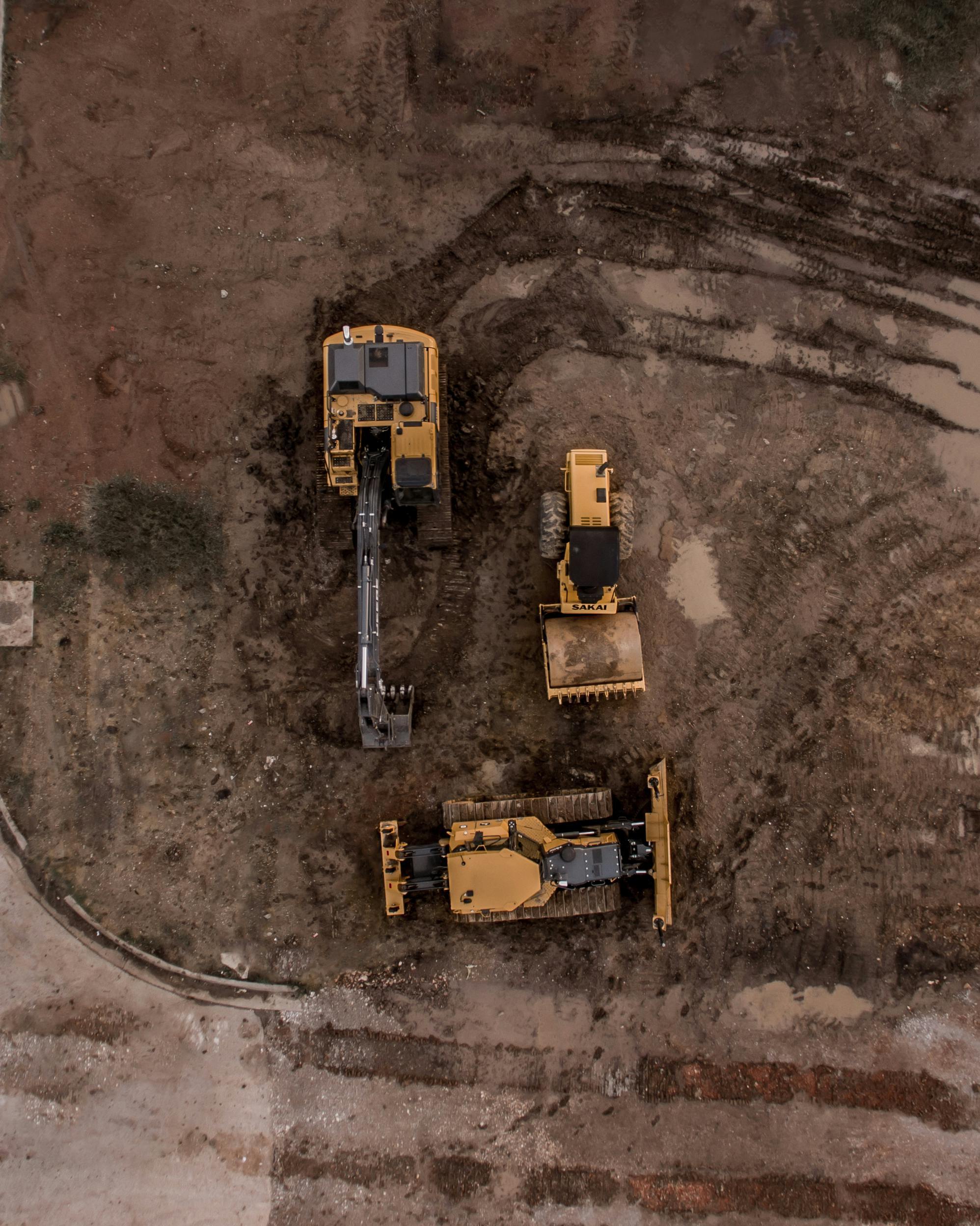27
2025
-
02
The Impact of Telematics on Construction Equipment Management
Category:
【Summary description】Telematics, the integration of telecommunications and informatics,
Telematics, the integration of telecommunications and informatics, is revolutionizing the way construction equipment is managed and operated. By providing real-time data on machine performance, location, and usage, telematics systems are enabling construction companies to optimize their operations, reduce costs, and improve safety. In this blog, we’ll explore the impact of telematics on construction equipment management and how it’s shaping the future of the industry.

1. Real-Time Monitoring and Diagnostics
One of the most significant benefits of telematics is the ability to monitor construction equipment in real-time. Telematics systems collect data from sensors embedded in the machinery, providing insights into engine performance, fuel consumption, and operating conditions. This data can be accessed remotely, allowing fleet managers to monitor the health of their equipment from anywhere. Real-time diagnostics enable quick identification of issues, reducing downtime and preventing costly repairs.
2. Fleet Management and Optimization
Telematics is also transforming fleet management. By tracking the location and usage of each machine, fleet managers can optimize the deployment of their equipment. For example, telematics data can reveal underutilized machines that can be reassigned to other projects, or identify machines that are being overworked and may require maintenance. This level of visibility allows for more efficient use of resources, reducing costs and improving productivity.
3. Enhanced Safety and Compliance
Safety is a critical concern in the construction industry, and telematics can play a key role in enhancing it. Telematics systems can monitor driver behavior, such as speeding or harsh braking, and provide feedback to encourage safer driving practices. Additionally, telematics can ensure compliance with regulations by tracking hours of service and maintaining records of inspections and maintenance. This not only improves safety but also helps companies avoid fines and penalties.
4. Predictive Maintenance
Predictive maintenance is another area where telematics is making a significant impact. By analyzing data from telematics systems, AI algorithms can predict when a machine is likely to require maintenance. This allows for proactive scheduling of maintenance activities, reducing the risk of unexpected breakdowns and extending the lifespan of the equipment. Predictive maintenance can lead to significant cost savings by minimizing downtime and reducing repair costs.
Conclusion
Telematics is transforming the way construction equipment is managed, offering benefits such as real-time monitoring, fleet optimization, enhanced safety, and predictive maintenance. As the technology continues to evolve, we can expect even more innovative applications that will further revolutionize the construction industry. Companies that embrace telematics will be better positioned to optimize their operations, reduce costs, and improve safety, giving them a competitive edge in the market.
related content

